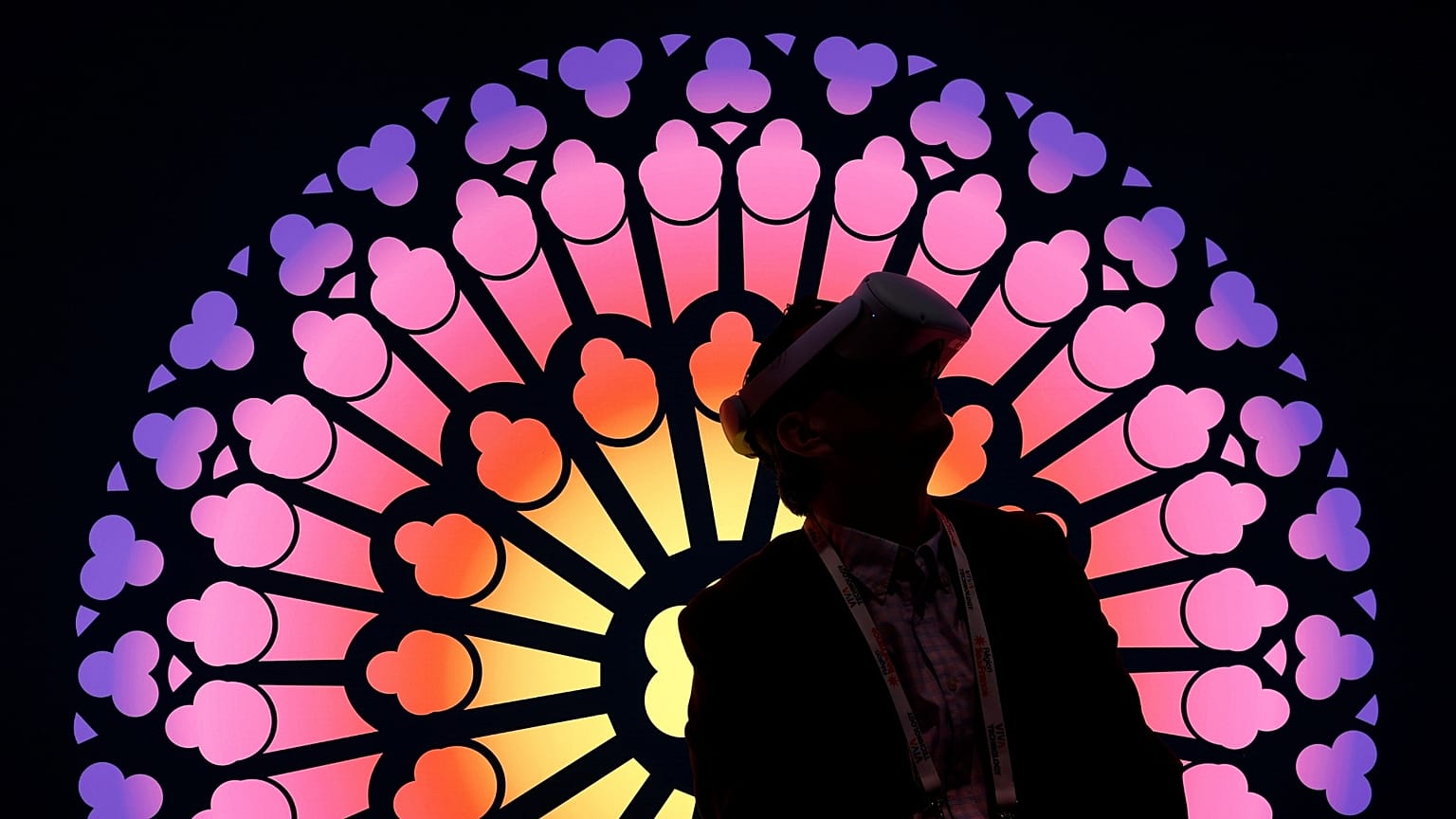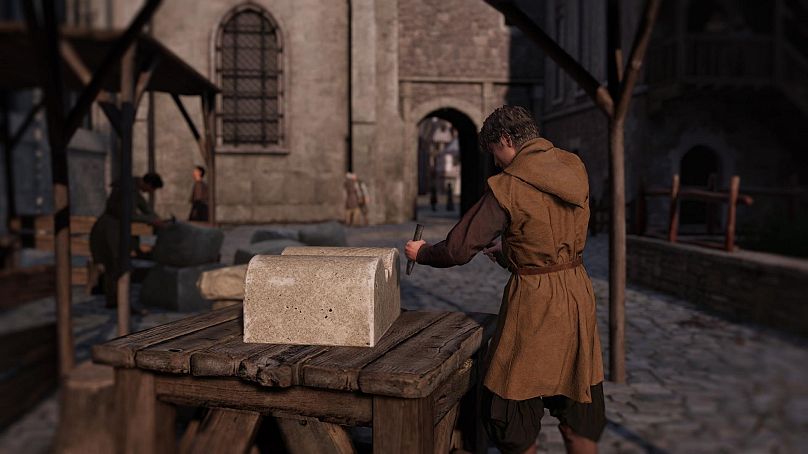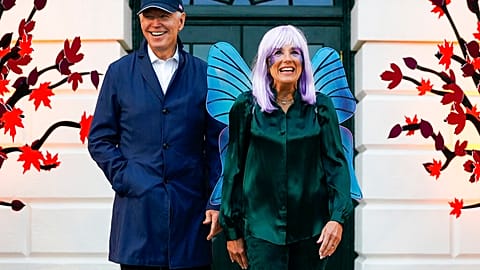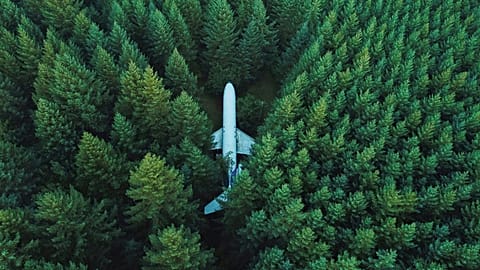From France to Egypt, explore the countries leading the way in virtually enhanced travel.
 ADVERTISEMENT
ADVERTISEMENT
What do Pokémon GO and the COVID pandemic have in common? Both have dramatically accelerated the convergence of technology and travel.
Pokémon’s popular mobile game proved that a creative application of augmented reality (AR) was enough to spur users to explore the real-world.
The onset of the pandemic made the same case for virtual reality (VR): provide users with a way to virtually travel the globe and they’ll lace up their metaversal trainers.
The potential of AR and VR to enhance the travel experience grew by leaps and bounds during the pandemic as travel companies, attractions and destinations were forced to adopt technology in ways they’d never tried before.
As we navigate a post-pandemic world, the same absorbing technology will be employed to enhance the visitor experience, rather than replicate it. AR, VR and the metaverse will exponentially grow within our physical world, immersing travellers in a technology-driven trend that will continue far beyond 2023.
VR helps travellers explore old corners of the world in new ways
Prior to the pandemic, emerging technologies like AR and VR were largely ignored by destination marketing boards and travel companies. When the world came to a standstill in 2020, these technologies became a lifeline for those with limited outlets for their wanderlust.
The transition happened almost overnight: suddenly, globetrotters could take a tour of a cobbled medieval town in Romania, join ice bathers in Helsinki or go shopping in the fragrant souks of Marrakech - all without ever leaving their sofas.
Local Purse is among these pandemic-induced innovations. A collaboration withadventure travel company Intrepid, the app offers live, personalised video shopping experiences around the globe. It provides travellers with a way to handpick artisan goods from countries like Morocco, Mexico and Peru, then have them shipped directly to their homes.
“Technology as simple as cellphones can quickly connect us with remote communities,” says Lola Akinmade Åkerström, the app’s Stockholm-based co-founder.
She believes that the Local Purse experience benefits all involved. It makes travel accessible and inclusive for travellers with mobility issues. It helps businesses reduce their carbon footprints by reducing physical travel. And it provides a sustainable source of income and organic connection to local guides and cultural artisans.
“Local Purse provides maximum impact travel with minimal footprint and fulfils at least six UN Sustainable Development Goals,” says Lola.
“By focusing on locally-produced and sourced work made by these artisans and vendors, we are facilitating and supporting responsible cultural connection.”
Now, virtual travel is evolving. Armed with the possibilities of VR that the pandemic unleashed, a handful of cultural attractions have started to look at how they can benefit from virtual enhancements.
Notre Dame’s VR experience brings ‘time travel’ to Paris
Freed from the limitations of reality, VR and AR technology is enabling key tourist sites to immerse visitors like never before. Not only does it enhance the capabilities for storytelling and educational purposes, but the integration of VR and AR technology can breathe new life into even the most visited of destinations.
The collapsed Mayan kingdom could be brought to life at the temples of Chichen Itza in Mexico, for example. Morocco’s Roman city of Volubilis could be pieced back together to make sense of all the isolated columns and well worn floor mosaics.
France is one country at the forefront of this hybrid tourism, as evidenced by the Eternal Notre Dame VR experience in Paris. Billing itself as ‘time travel’, the engaging 45-minute tour takes you through the cathedral’s 850-year history at breakneck speed. It allows tourists to step into a living, breathing version of Notre Dame’s ageing, fire-battered shell.
The company behind the experience, Emissive, calls its work 'immersive expeditions' that are designed to be shared.
“VR is complementary to an actual visit, adding a new perspective on the destination,” says Emissive CEO Fabien Barati. “VR brings more: allowing access to areas closed to the public and even travelling in time to discover cultural sites in their original context and meet historical characters.”
Which other countries are adopting VR-enhanced travel?
The same techniques are employed in Carcassonne in France’s Languedoc region, where a 30-minute VR experience inside the citadel's fortress walls allows tourists to travel through different periods of its history.
Germany is also implementing the hybrid tourism concept. In September 2022, Hamburg employed AR to look both to the past and future, when global technology brand Honor challenged two artists to creatively reimagine the Wasserschloss, an iconic UNESCO-listed landmark.
“The project aims to inspire global creative talent to leverage innovations such as AI [artificial intelligence], AR and Spatial Audio to connect communities with culture in more immersive ways and support the global tourism rebound, as the world embraces the connected future,” states Honor.
AR and VR possess the unique potential to not only preserve the past but also protect the future of heritage attractions. Destination-based VR experiences could be used to minimise further damage at fragile sites that are suffering from excessive tourist footfall, for example.
This technology can also be employed on a national scale to encourage sustainable tourism. Egypt’s government is formally embracing augmented reality and virtual reality to boost both ecotourism and medical tourism.
The country’s Ministry of Environment is leading a campaign called Eco Egypt, a VR-based initiative that aims to promote ecotourism within lesser-visited protected areas such as the White Desert and Taba.
Similarly, in June of 2022, Egypt’s General Authority for Health Care announced a new plan to increase medical tourism through augmented reality. This use of technology allows prospective patients to virtually tour healthcare facilities and learn more about their capabilities.
As the world moves deeper into the metaverse, it’s clear that these emerging technologies will continue to find application and integration in the travel industry.
The virtually enhanced destinations trend is explored in more detail in Expedia and Euronews Travel's Trend Report.


















